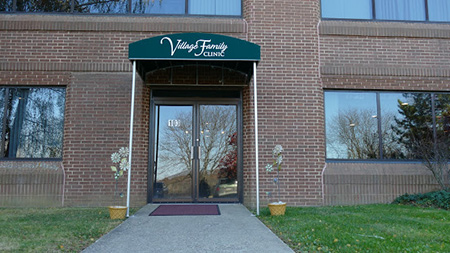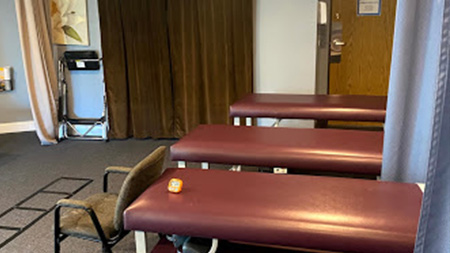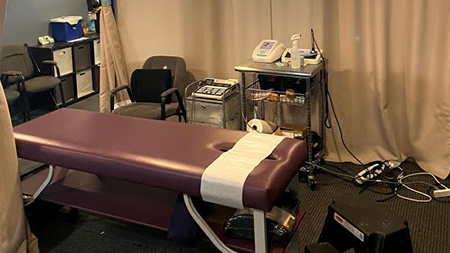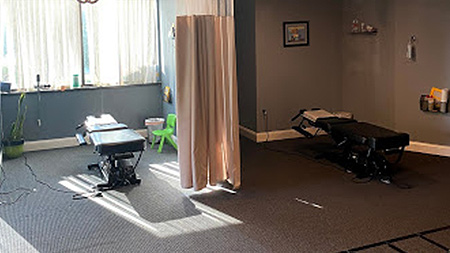Preventing Sciatica Flare-Ups During Cold Weather
Cold weather can make sciatica symptoms feel worse, turning a minor twinge into a painful flare-up. Lower temperatures often cause muscles to tighten, reduce blood flow, and increase spinal stiffness—all factors that can irritate the sciatic nerve. However, with the right strategies, you can reduce discomfort and keep your sciatic pain under control this winter.
Why sciatica worsens in the cold
When your body is exposed to cold air, muscles around your lower back and hips contract to retain heat. This tension can put extra pressure on the sciatic nerve, triggering sharp pain, numbness, or tingling down the leg. Long periods of inactivity—common in winter months—can also weaken supporting muscles, making flare-ups more likely.
Tips to prevent flare-ups
- Stay active: Gentle exercises such as walking, stretching, or yoga can keep your muscles warm and flexible.
- Warm up before activity: Heat therapy, like a warm compress or heating pad, helps relax tight muscles and improve circulation.
- Practice good posture: Whether sitting at a desk or watching TV, keep your spine aligned to reduce nerve pressure.
- Use supportive footwear: Cold, slippery conditions can affect your gait, increasing strain on your lower back.
Consider professional care: Spinal adjustments, decompression therapy, or targeted exercises can help prevent flare-ups before they start.
At Village Family Clinic, we provide personalized care plans to help patients manage and prevent sciatica flare-ups. From professional spinal care to guided exercises and lifestyle advice, our team helps you stay mobile and comfortable—even in the coldest months.
Don’t let winter slow you down. Contact Village Family Clinic today to learn how to protect your spine and reduce sciatic pain all season long.













